What Is a Wide Shot? Definition & 5 Ways to Shoot It
Rent film gear from local filmmakers.

Rent film gear from local filmmakers.
Unquestionably, your characters are crucial to carrying the narrative.
Still, do not disregard their surroundings. Wide shots allow you to emphasize the when and where your story takes place.
These will definitely invite your viewers to be deeply involved in the scenes.
Want to explore more camera shots and angles? Explore 50+ different shots used in film.
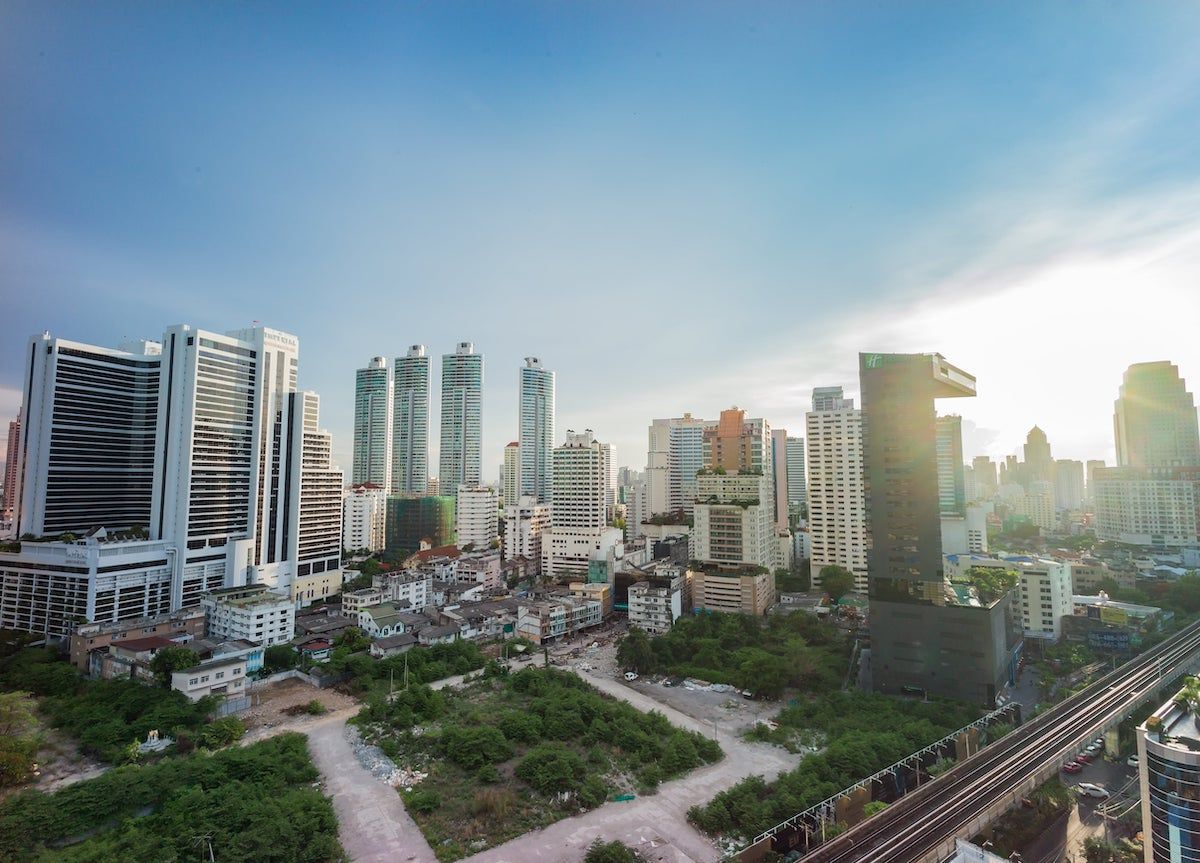
What is a wide shot?
It is a camera angle that depicts the whole subject and its relationship to the environment.
The wide shot allows the audience to soak all the information at once. This is useful to establish scene changes, explore locations, or give the viewer more details about the story.
What is the purpose of a wide shot?
To explore a location
You may have set up a scenario, rented a place, or even traveled to a location. Perhaps you only put up a green screen.
Regardless, you had the trouble of planning and installing your set.
Chances are you want your audience to see it. In fact, you want your audience to enter it.
In that sense, a wide shot will introduce the surroundings and effectively drag the viewer inside the film.
To show how the character relates to their surroundings
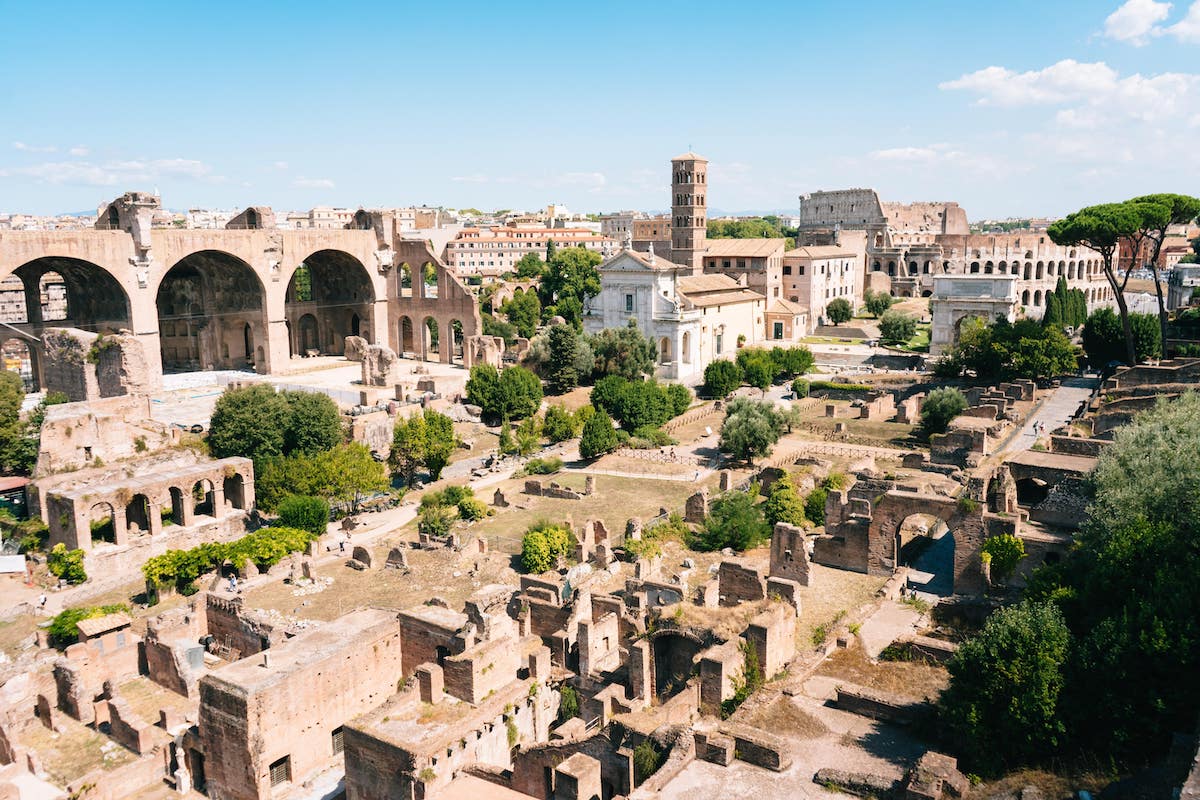
The context can tell you a lot about a character. First, the surroundings help you get to know the subjects: their friends and family, their workplace, the places they go to, etc.
For instance, being a mother is different from being an older sibling, and being an employee is not the same as being the boss.
Plus, the context will justify their behaviors and emotions (screaming in a crowded football match is not the same as doing it on an empty subway, right?).
To establish a new scene, setting, or location
A wide shot is the most immediate and noticeable way of letting the viewer know the scene has changed.
It provides a lot of detail instantly, without moving the camera too much.
If you want there to be no room for doubt that the scene has altered, using a wide shot is the way to go.
3 types of wide shots
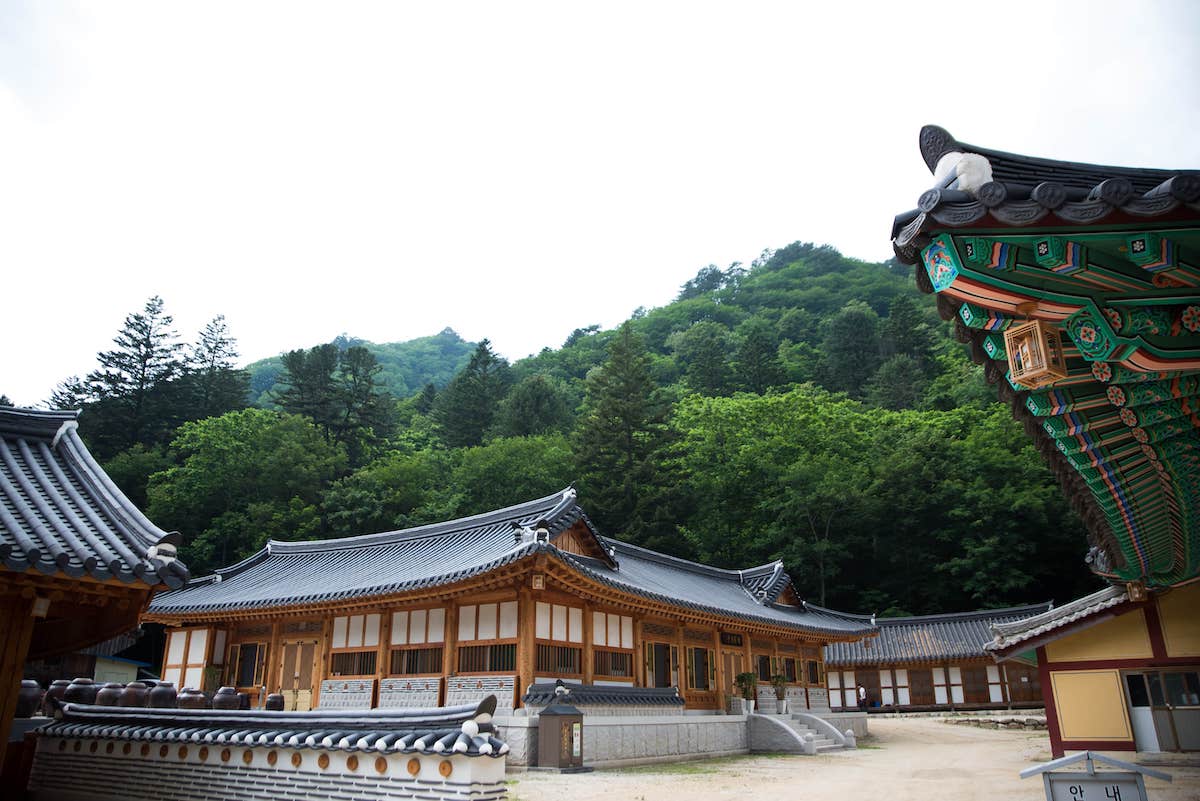
1. Wide shot
This shot will include the entire subject and some of its surroundings. In other words, it is close enough to showcase the actor but far enough to illustrate where it is.
Some would call it the best of both worlds.
2. Very wide shot
As the name suggests, this refers to halfway between a wide shot and an extreme wide shot. The surroundings have a vital role, and the actor is not very visible.
3. Extreme wide shot
An extreme wide shot informs the audience precisely where the narrative takes place and specifies the tone of the setting.
Here, the environment is more important than the actor. In fact, the subject of the scene is hardly visible.
5 ways to shoot a wide shot

1. Two-shot
Refers to positioning two characters side by side or facing one another in a single shot.
2. Point of view shot
Displays the action through the eyes of a specific character. Its purpose is to make the audience become that character.
3. Over the shoulder shot
If you are looking for a cowboy duel mood, this shot is what your scene needs.
To achieve it, capture two subjects in the same frame by placing the camera behind the shoulder of one of them (while the other subject is visible on-screen).
4. High angle shot
The high angle shot depicts the power dynamic between characters. Here, the audience looks down on the subject, giving the spectator a sense of superiority.
5. Low angle shot
Low-angle shots have the opposite effect. They give the viewers a sense of interiority by making them look up at the subject.
How to frame a wide shot
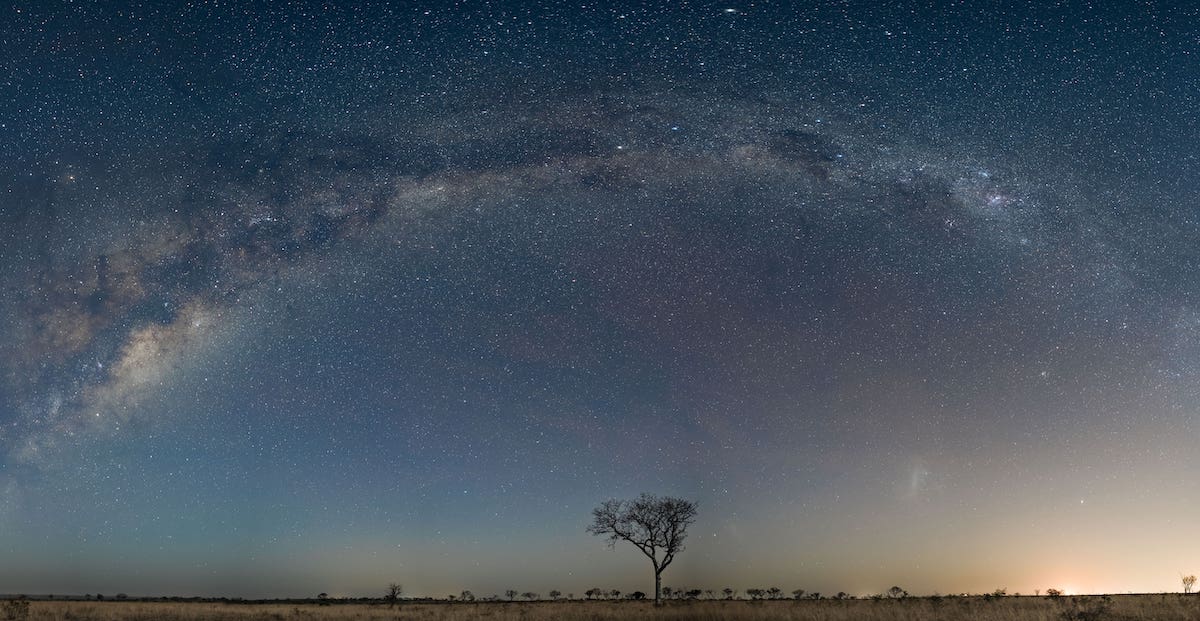
Centre the frame
Find vertical and horizontal components of the site and use them to level your wide shot.
For example, traffic lights, trees, walls, the ocean's horizon, landmarks, etc. These will help keep your frame centered and not tilted.
Stick to rule of thirds
The rule of thirds will never let you down. Divide your frame into nine sections and use them as a grid.
Then, place the elements you want to highlight within the top third (or two-thirds) of the grid (instead if directly in the centre).
Think of a person, for example. You should place their head on to the top of the frame and their legs toward the bottom third.
Create lead and headroom
Lead room refers to the empty area within a wide shot that gives the characters room to move forward or backward.
Similarly, headroom refers to the space between the top of the frame and the character's head. Both are very important in a wide shot.
They allow the viewer to breathe (visually) and prevent overly clogged compositions.
Plus, the headroom can also help communicate how the character is feeling. Above all, creating lead and headroom will make your shots more aesthetically pleasing.
Avoid cutting subjects from the frame
Avoid taking out pieces, features, or sections of a character or body. If the cut is necessary, strive to fit as much of the object into the frame as possible.
Plus, opt to cut the shot at the joints, such as the knees or ankles of the subject.
2 famous examples in wide shot used in films
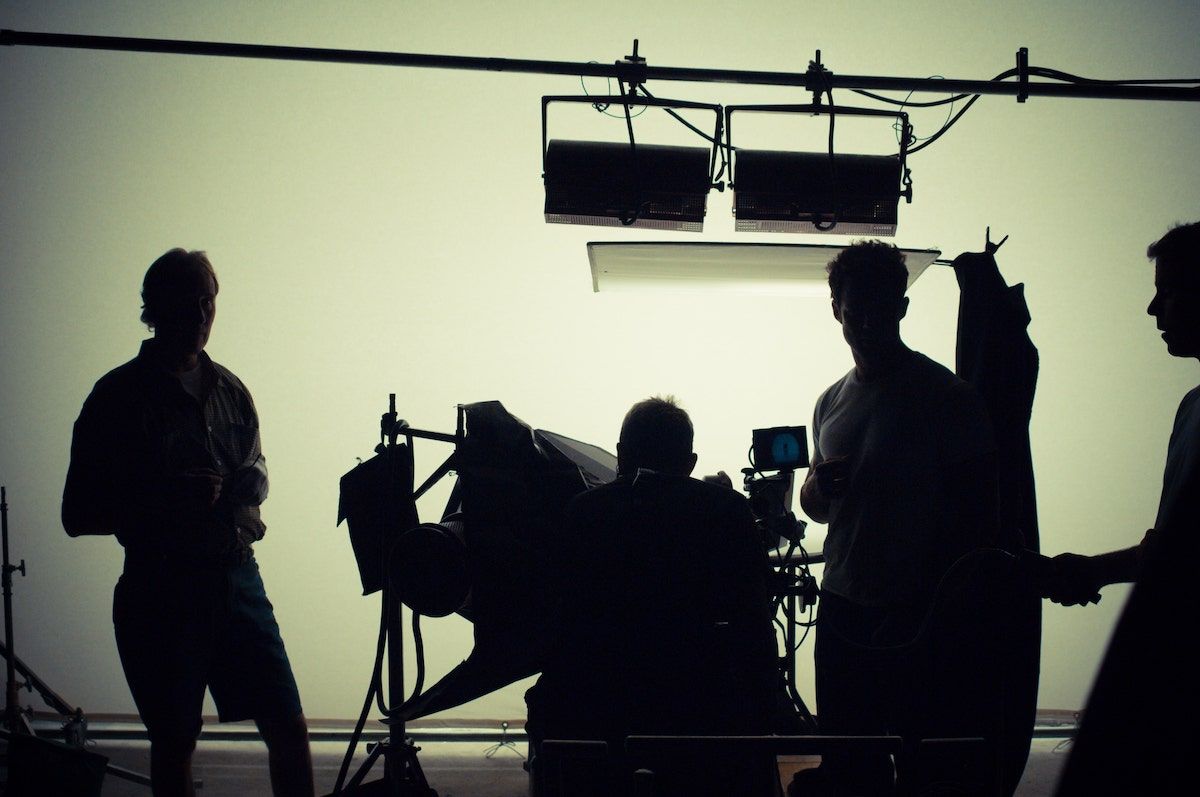
1. No Country for Old men
Before the shootout happens, there is a close-up of the actor's face being lit from the lamp. In contrast, the wide shot shows his silhouette alone in the room.
2. Seven
When the actors are in the office, a wide shot lets the viewer see how cluttered it is. Still, it makes the actors more visible. Such allows one to read Detective Mills body language while he listens to Detective Somerset on the phone to his wife.
Plus, the viewer sees that Detective Mills is uncomfortable with the situation.
Up next: Learn to understand aerial shots
There is so much more to explore in the universe of storytelling.
If you are interested in more camera shots, dive into what an aerial shot is and how you shoot it.
Continue your filmmaking journey and explore all the filmmaking fundamentals.
What is a wide shot?
It is a camera angle that shows the entire subject and its connection with the environment.
What is a medium-wide shot?
It is halfway between a wide shot and an extreme wide shot.
What is an extreme wide shot?
It barely shows the actor and emphasizes the entire environment.
What is the difference between a wide shot and a long shot?
A long shot (or full shot) is another name used for a wide shot.






















